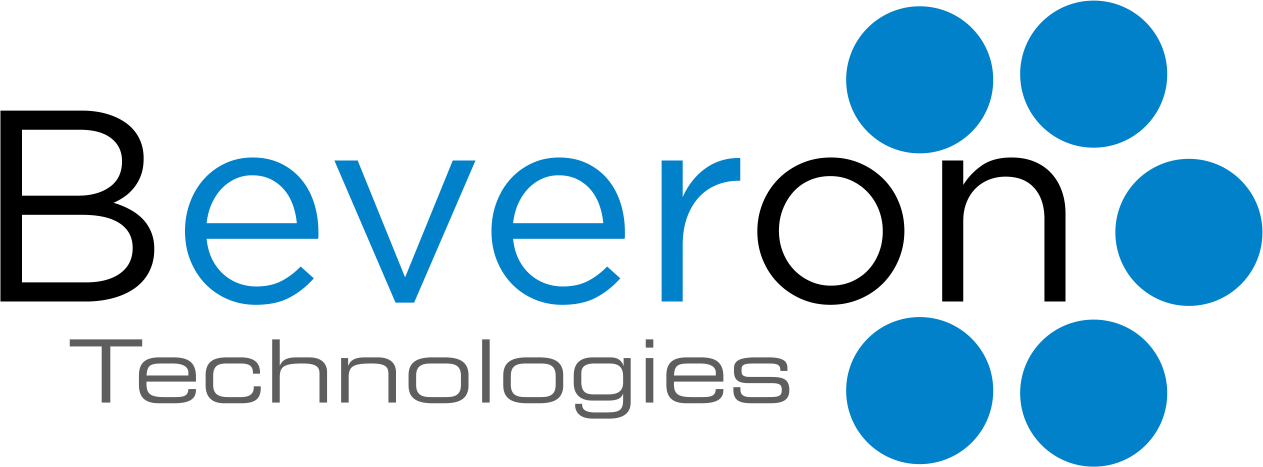

DAO stands for Decentralized Autonomous Organization. This is a very new term in the digital world. DAO is one of the components of Web 3.0. A DAO can be explained as a group of individuals who have organized themselves into a company, organization, or institution without having any traditional hierarchy in their organizational structure or even any centralized leadership.
As most DAO’s are part of the Web 3.0 infrastructure, they are completely online. Individuals or members that make up the DAO very rarely meet in person, if at all. The underlying architecture of any DAO usually is Blockchain-related technologies.
Because of DAO’s potential applications in many traditional organizational frameworks, such as business and government, researchers have started studying the possibility of adopting the DAO structure in these areas. Because of their inherent secure technologies, DAO’s are also being slowly recognized as an excellent solution to solving corruption and bureaucracy, given their proven efficiency and transparency.
How do DAO’s function?
The way DAO’s function are through a deeply-integrated system of Smart Contracts and
decentralized governance. Smart Contracts are software protocols that facilitate, verify or
enforce the negotiation of agreed-upon terms. Because DAO’s use Smart Contracts, they
can be easily used to automate many governance processes, such as voting and asset
management.
How can DAO’s be integrated into the legal sector?
DAO’s have already made their foray into legal territory, although the road to adaptation on
the structural and administrative level is still quite long and arduous. As an example, in
2021, ConstitutionDAO, which sought to purchase a copy of the United States
Constitution, shut down after losing its bid at Sotheby's.
Even after such debacles, many legal experts and scholars are looking into the legal
implications of Autonomous Legal Entities and how they may solve current problems
plaguing the legal sector.
By definition, an Autonomous Legal Entity is an entity that can act on its own behalf without
the need for human intervention. This is similar to how a DAO functions, as a DAO can exist
and function without the need for any central authority.
Currently, there are several projects that are focused on creating (or at least attempting to
create) Autonomous Legal Entities. But many researchers and experts working on these
projects have raised the following concerns:
So then, how do we get DAO’s to work in the legal sector?
Despite all of the concerns listed above, DAO’s still remain a viable system for the legal
sector. As discussed above, there already are certain proposals being worked upon, for
navigating the legal complications associated with setting up Autonomous Legal Entities.
So how would a DAO-based corporate structure apply to a law firm, for example? First and
foremost, tokens and token-based voting rights need not be part of the equation, as these
are not necessarily required in DAOs. Even now, as it is, in traditional law firms, a typical law
firm’s partners act as equity holders and also perform management functions. They do not
have separate groups of managers and shareholders.
Are there any benefits of implementing a DAO-style structure for modern law firms?
Yes, there are many benefits that can be derived from implementing a DAO-based workflow
in any modern law firm. Some of these are:
Contracts, thereby eliminating the need for partners to juggle client work and
management activities.
upon continuously as their Smart Contracts get executed automatically once certain
pre-defined metrics on revenue, realization and utilization are achieved.
automation.
In conclusion, it can be safely assumed that when compared to the legal entities currently in
existence, DAO-based legal firms stand out with unparalleled operational efficiencies. DAO’s
are capable of rapid pooling and deployment of capital, for one. And with the right bit of
software coding, DAO’s can automate most legal business processes too.